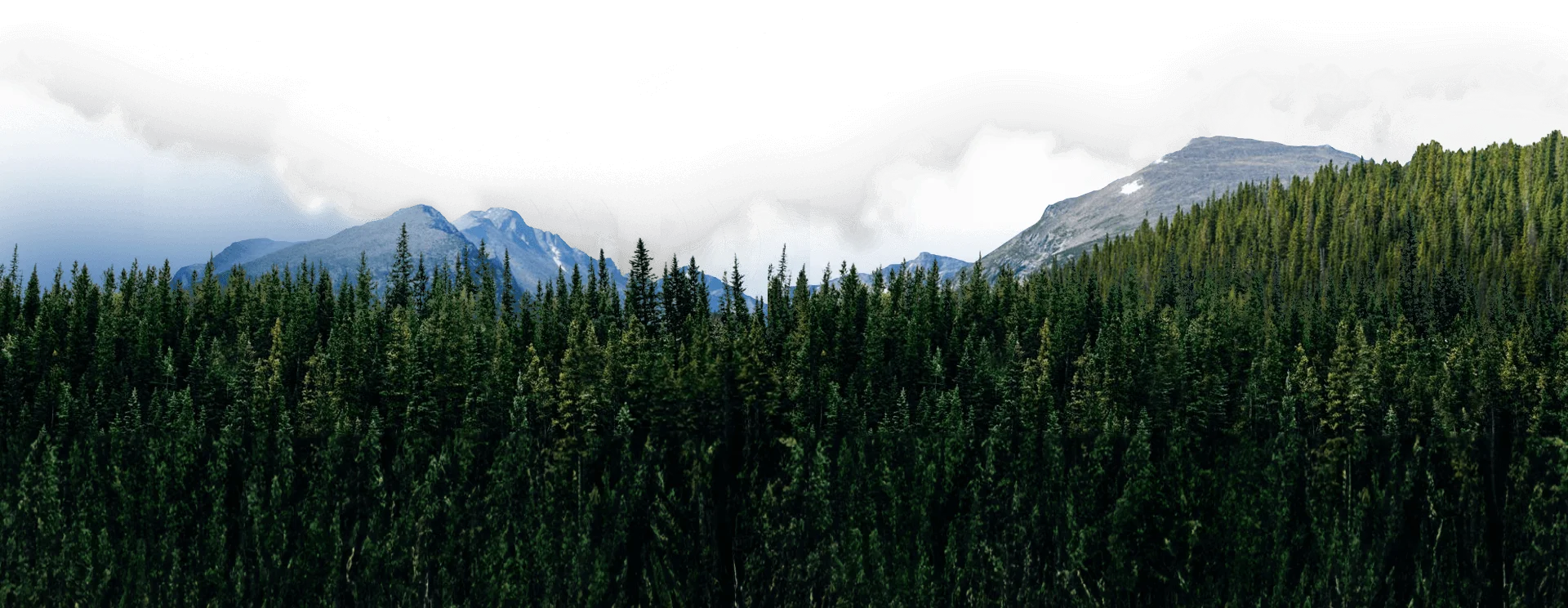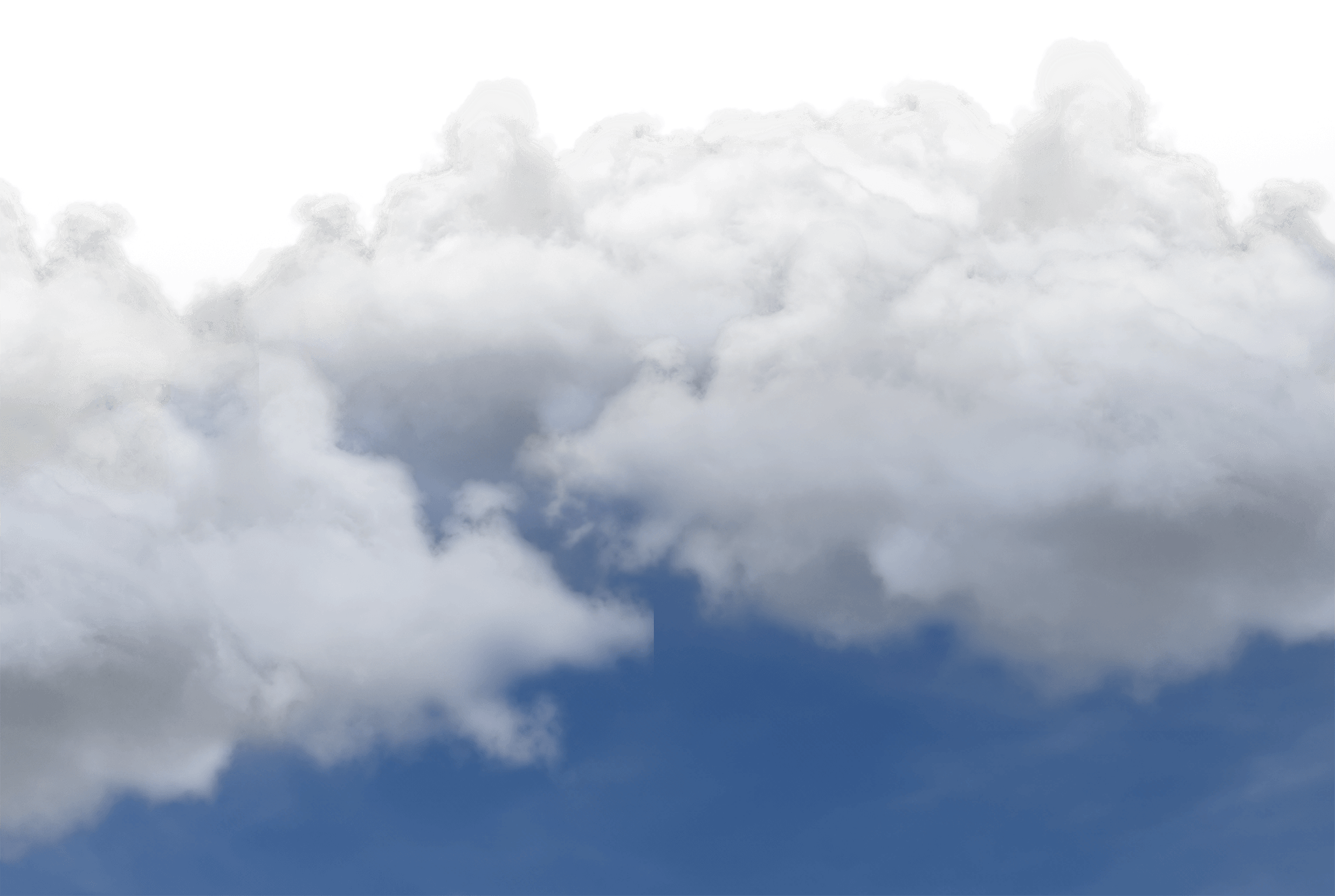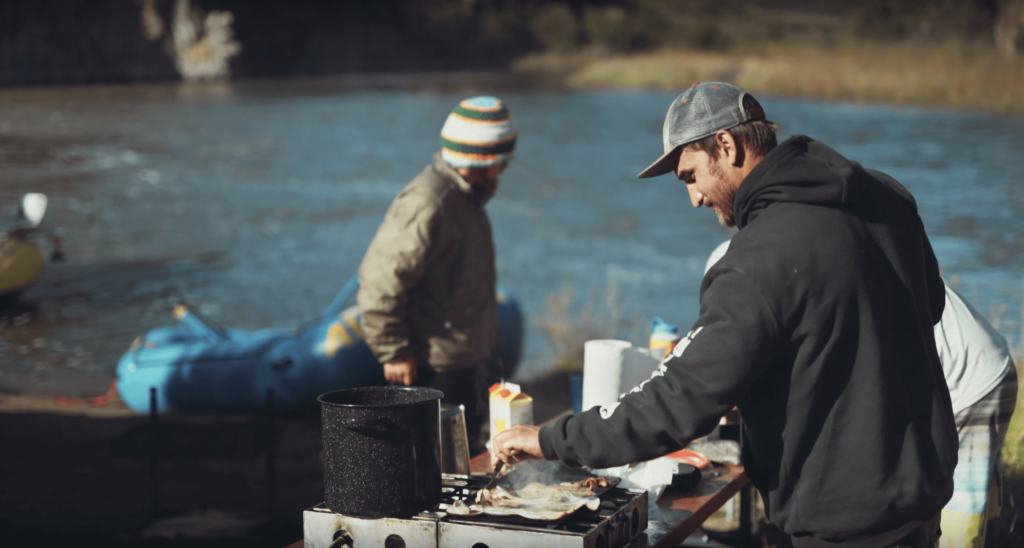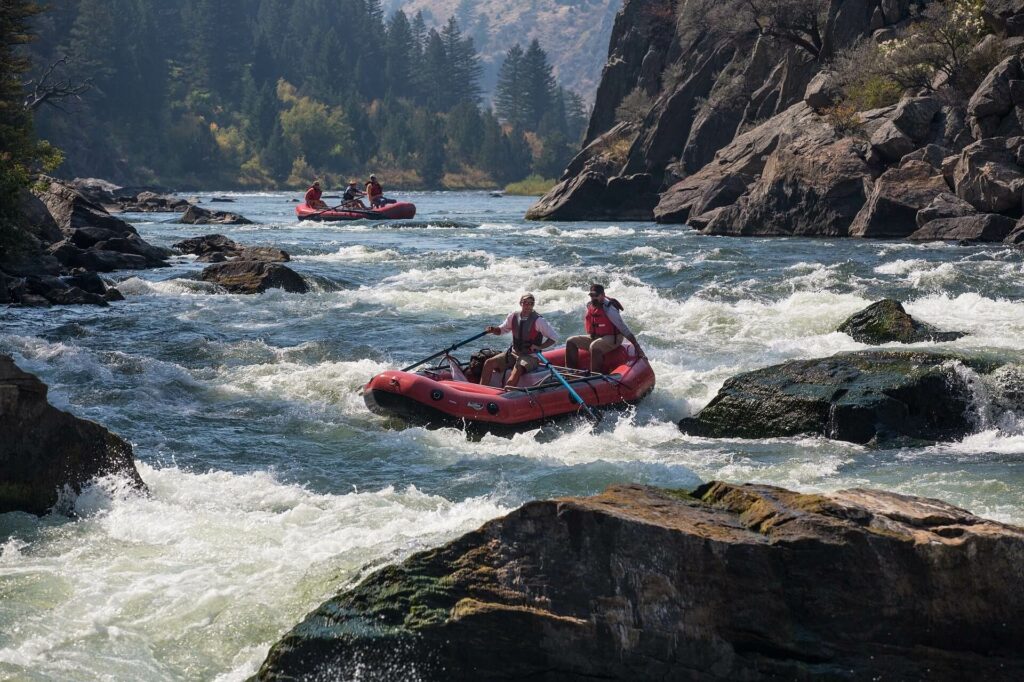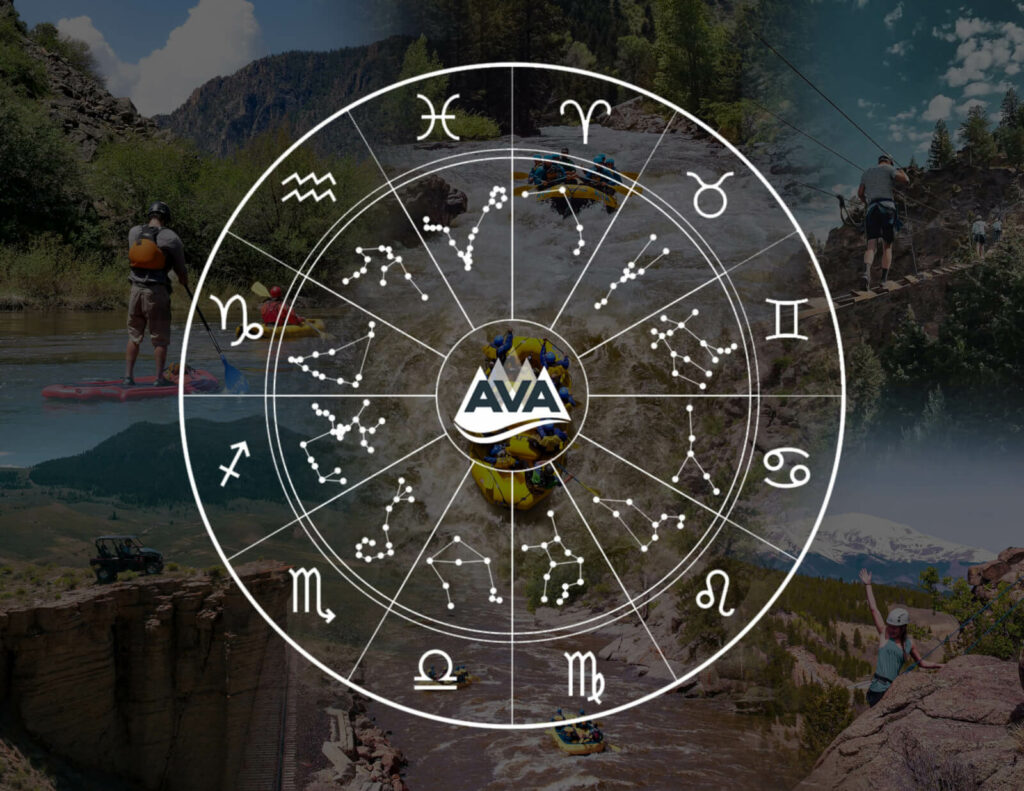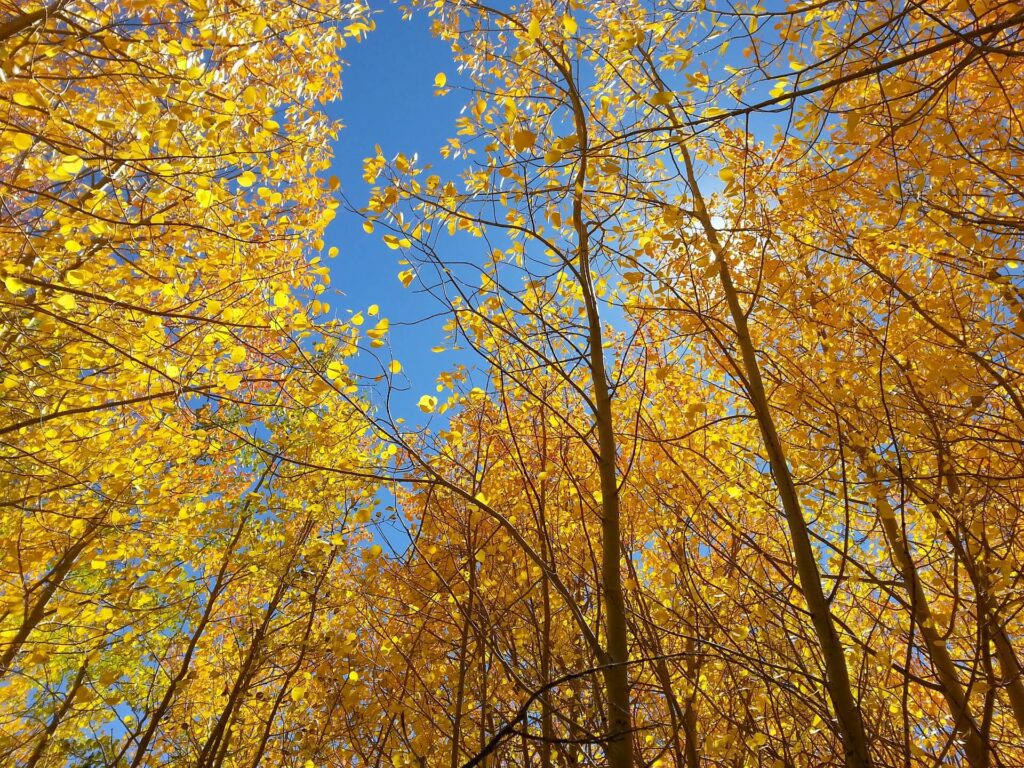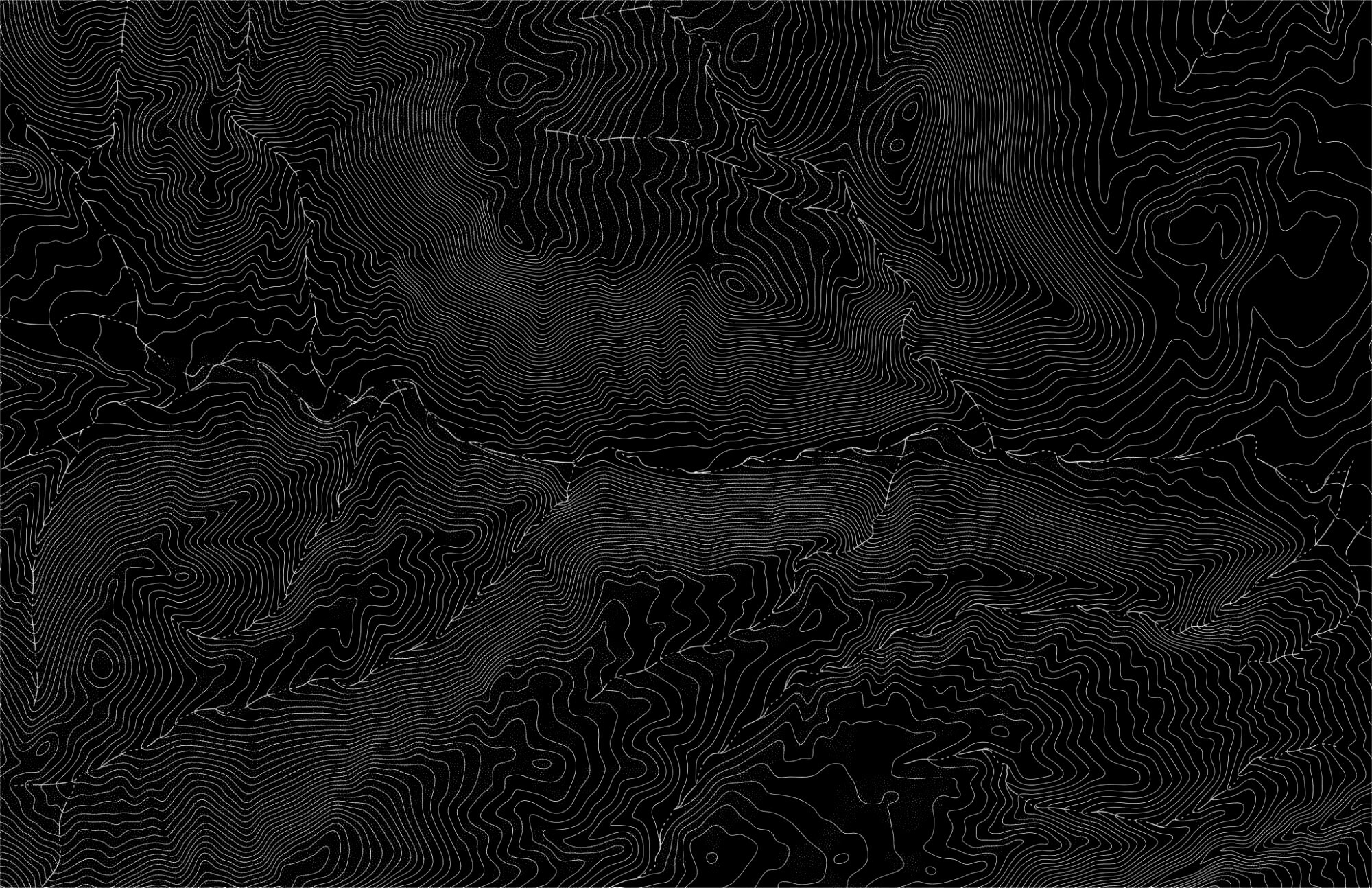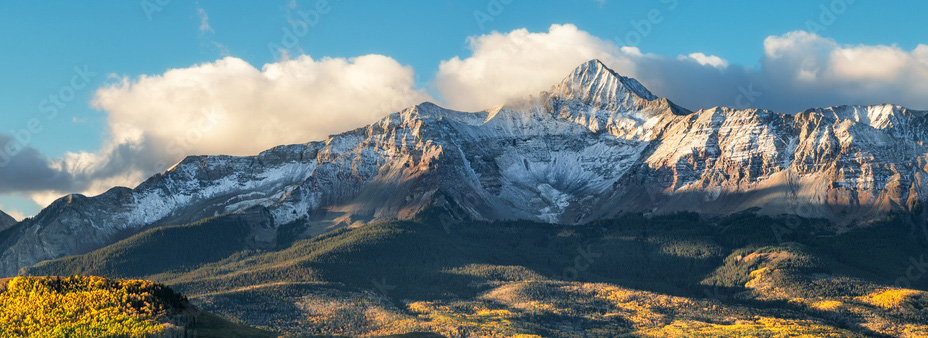In Colorado, winter plays a huge role in our year round climate. With as much as 75% of the states water supply coming from snowfall; snowpack is the biggest indicator of anticipated river flow, wildfires, and much more for the rest of the year. Being able to predict river flow can help us know what summer rafting conditions will look like.
What is snowpack?
According to Merriam-Webster, snowpack is the accumulation of slow-melting, packed snow. Snowpack accumulates throughout the cold season. In Colorado, snowpack contains most of the water that feeds the local environment and communities. Think of it as a natural water tower, water is stored in the snow/ice high up in the mountains, then as the weather gets warmer, that water is slowly released to the lower elevations. The amount of snowpack received during the winter in combination with spring weather can affect the river conditions, in turn affecting rafting conditions.
What is the snowpack in Colorado this season?
We were off to a rocky start at the beginning of the 2021/2022 winter season. Denver went 232 consecutive days without measurable snowfall, and even after we started receiving snow, it stayed at low levels. This drought caused several wildfires right before the end of 2021. Luckily, snowfall has started increasing once more. As of January 30th of 2022, statewide snowpack is 106% of the normal snowpack median.
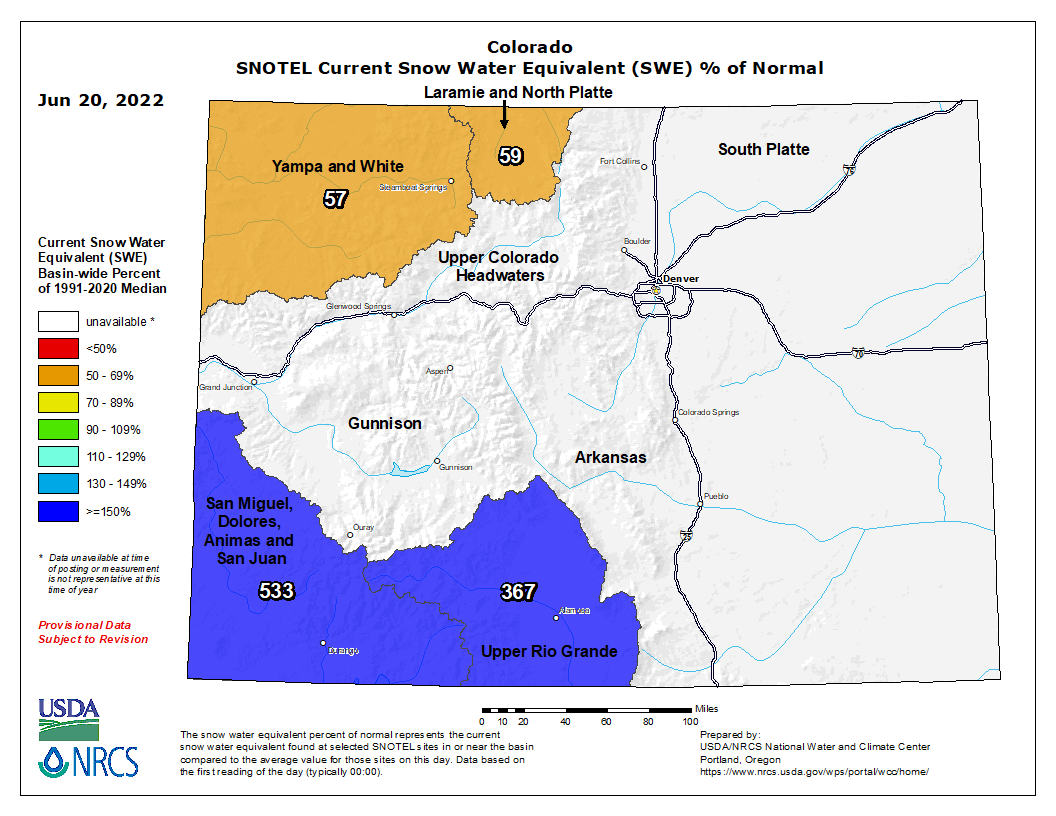
Image courtesy of usda.gov
How does snowpack affect rafting in Colorado?
Once the warm spring sun starts warming up Colorado, the snowpack at higher elevations begins to melt. With average snowpack (which we currently have) and a slow warming spring, Colorado rivers will begin to fill around April/May and keep steady flow throughout the summer. However, there are a few factors that can affect Spring/Summer rafting conditions.
- Snowpack (again)
-
- I know I just went over snowpack, but let’s clarify a few things. Statewide snowpack is at 106%, which is true, but that is statewide. Colorado is 104,185 square miles, that is bigger than some countries! The snowpack will vary in different areas that feed different rivers. Areas that feed the Colorado, Clear Creek, and Blue River are at 113% of the median snowpack. And areas that feed the Arkansas River are currently at 84% of the median snowpack.
- Heat
-
- Colorado’s spring really starts around April. Even though we might receive snow well into June, the warm spring sun still melts the snowpack. If we were to have a “normal” spring in Colorado, it would cause watershed at a gradual rate, feeding the rivers well into summer. If our spring is too hot, local rivers would rise quickly making some spring rafting trips more difficult and lowering summer water levels. A cooler spring could cause low water levels, meaning some spring trips would be more mild than initially thought.
- To Make It Simple
-
- The amount of snow Colorado receives over the colder months dictates snowpack which affects the amount of water that will feed the local water systems. The climate in spring is what affects how quickly that stored water makes it to the rivers. The more snow we have, the more water in our streams throughout the spring/summer rafting season. High temperatures in spring will cause snow to melt faster, causing high water in spring and possibly lower water in summer.
In short, Colorado’s winter weather contributes heavily to the summer rafting conditions. If you’re hoping to go rafting this summer, you can look at the winter snowpack to help determine your trip conditions. But don’t let that deter you, spring weather still has the ability to further impact rafting conditions as well.
